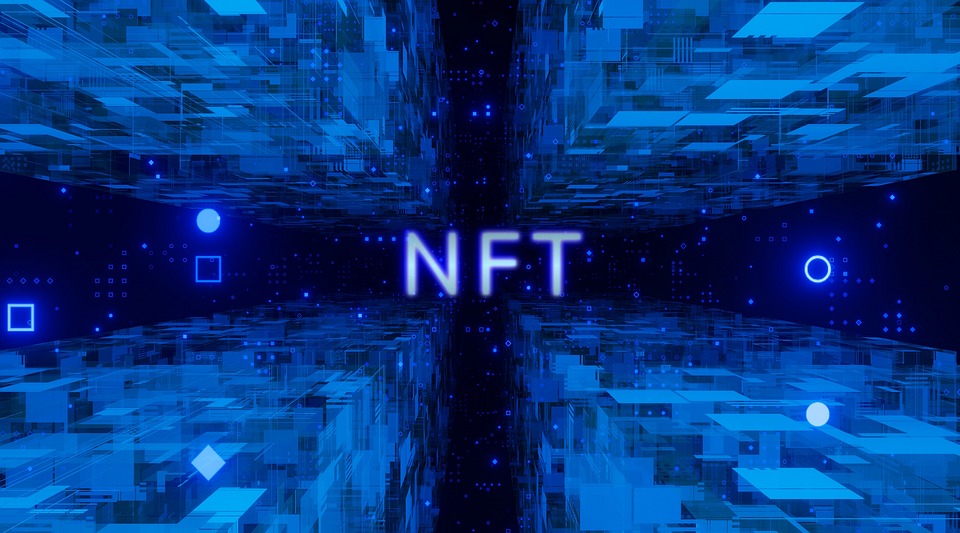Blockchain’s Role in Environmental Sustainability: Innovations on the Horizon
In recent years, the convergence of technology and environmental sustainability has sparked a wave of innovation aimed at addressing some of the planet’s most pressing challenges. At the forefront of this convergence is blockchain technology—a decentralized, secure, and transparent system that provides solutions across various sectors. As the world grapples with climate change, deforestation, waste management, and other environmental issues, blockchain emerges as a transformative tool with the potential not just to improve transparency but also to create sustainable practices that could set a precedent for future generations.
Understanding Blockchain’s Environmental Potential
Blockchain technology operates on a distributed ledger system where data is stored across a network of computers. This decentralization not only enhances security and reduces the potential for corruption but also allows for greater transparency in various processes. For environmental sustainability, these characteristics can lead to innovations that promote accountability, efficiency, and collaboration.
-
Supply Chain Transparency
One of the most significant applications of blockchain technology lies in improving transparency in supply chains. By providing a tamper-proof ledger, blockchain can trace products from their source to the end consumer. For instance, companies in the food industry can verify that their produce is sourced from sustainable farms, while fashion brands can ensure their materials come from ethical suppliers. This level of traceability can discourage environmentally harmful practices, such as illegal logging or the exploitation of resources. -
Carbon Credits and Trading
Blockchain can revolutionize the carbon credit market by enabling clearer and more efficient trading mechanisms. Through smart contracts—self-executing contracts based on blockchain technology—companies can transparently buy and sell carbon credits. This not only simplifies transactions but also ensures that carbon credits are not double-counted or misused. As corporations and countries aim to meet their carbon-neutrality goals, blockchain can provide a reliable platform for trading and tracking emissions. -
Decentralized Energy Grids
The energy sector is one of the largest contributors to greenhouse gas emissions. Blockchain technology can create decentralized energy grids that allow consumers to become energy producers, often referred to as prosumers. By enabling peer-to-peer energy trading, individuals with solar panels or other renewable energy sources can sell their excess energy directly to neighbors. This shift can reduce reliance on traditional energy sources, lower electricity costs, and promote the use of renewable energy. -
Waste Management Solutions
Innovative waste management solutions using blockchain can greatly enhance recycling and waste tracking systems. By using blockchain, stakeholders in the waste management process can monitor the lifecycle of products, ensuring efficient recycling and minimizing landfill waste. For example, a blockchain platform can track bottles or cans from consumers to recycling centers, providing an accurate account of recycled materials and promoting responsible consumption. - Financial Incentives for Sustainable Practices
Blockchain can facilitate new financial models that reward sustainable practices. For example, tokenization can create digital assets tied to environmental conservation efforts, allowing individuals and businesses to earn tokens for planting trees, reducing energy consumption, or engaging in other eco-friendly practices. These tokens can then be exchanged for financial benefits, creating a direct incentive for sustainable behavior.
Innovations on the Horizon
As blockchain technology continues to evolve, new innovations are emerging that promise to further enhance its role in environmental sustainability:
-
Regenerative Agriculture Certification: By leveraging blockchain, farmers practicing regenerative agriculture could receive certifications that provide transparency on the carbon-sequestering nature of their practices. This could lead to better market access and premium pricing for sustainable products.
-
Climate Finance: The combination of blockchain with traditional climate finance mechanisms can facilitate more effective funding for environmental projects. Smart contracts could automate funding disbursements based on verified milestones achieved in conservation projects, ensuring more efficient use of resources.
- Digital Twins for Environmental Monitoring: Integrating IoT (Internet of Things) sensors with blockchain can create "digital twins" of ecosystems. This can help monitor environmental changes in real-time, providing crucial data for conservation efforts and enabling prompt responses to ecological risks.
Challenges and Considerations
Despite its potential, the implementation of blockchain for environmental sustainability is not without challenges. Concerns regarding energy consumption, particularly linked to proof-of-work consensus mechanisms, highlight the need for eco-friendly blockchain solutions. Additionally, achieving widespread adoption requires collaboration among governments, corporations, and environmental organizations.
Conclusion
Blockchain technology possesses immense potential to catalyze innovations in environmental sustainability. From supply chain transparency to decentralized energy trading and waste management solutions, the applications are nearly limitless. However, realizing this potential will require ongoing research, collaborative frameworks, and a commitment to leveraging technology as a force for good. As we look to the horizon, the integration of blockchain in environmental initiatives could usher in a new era where sustainable practices are not only achievable but incentivized, fostering a healthier planet for generations to come.




